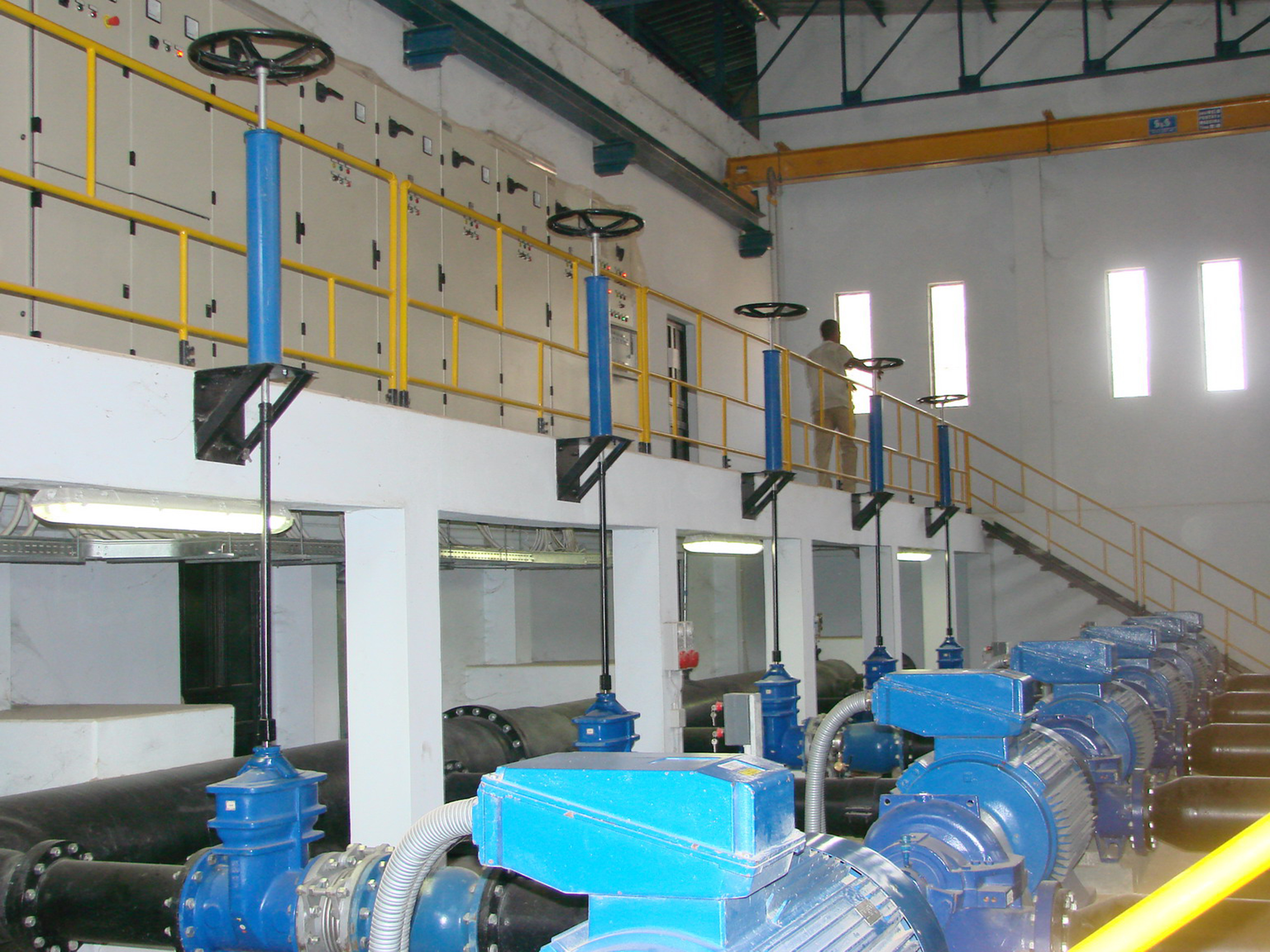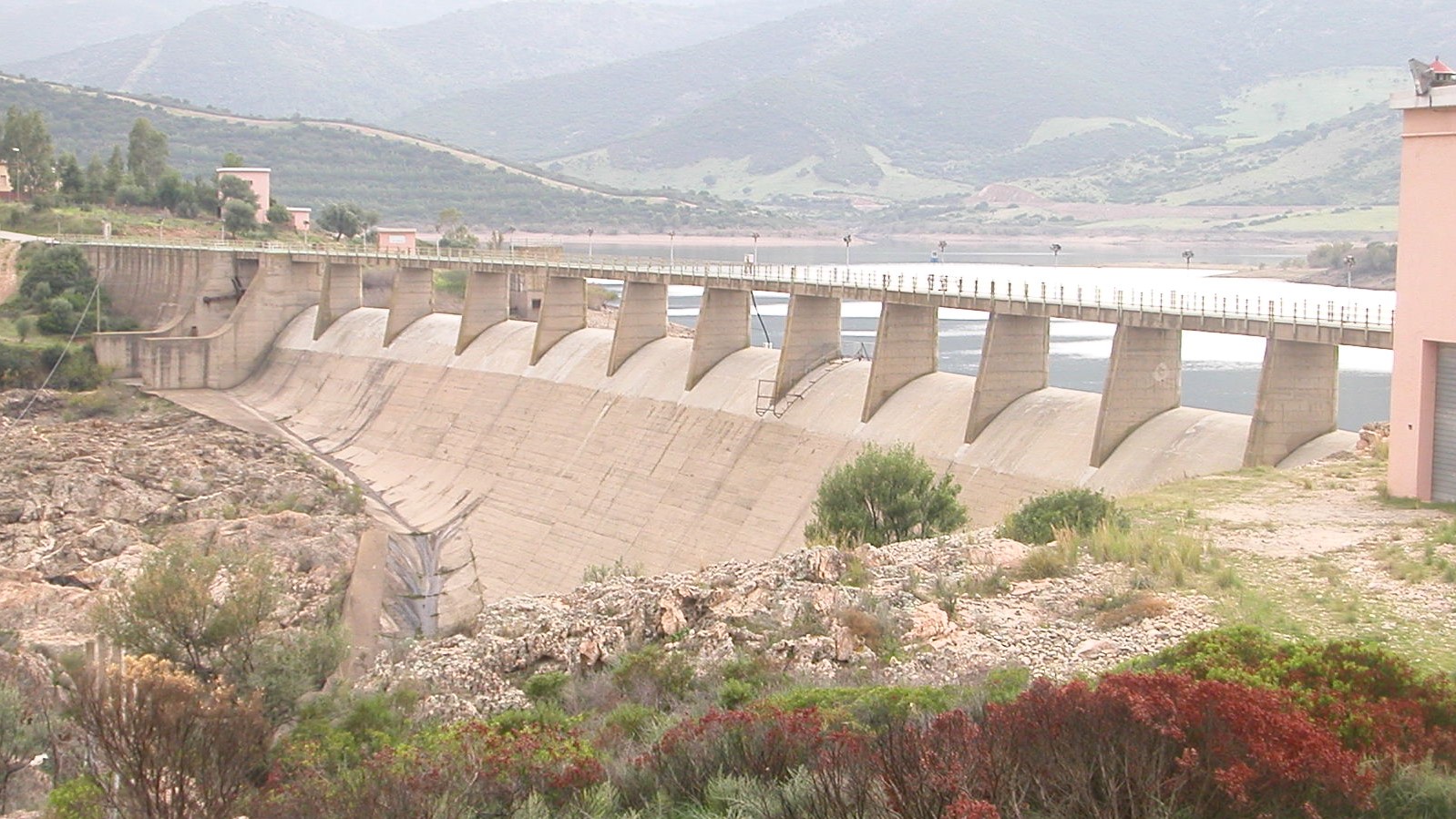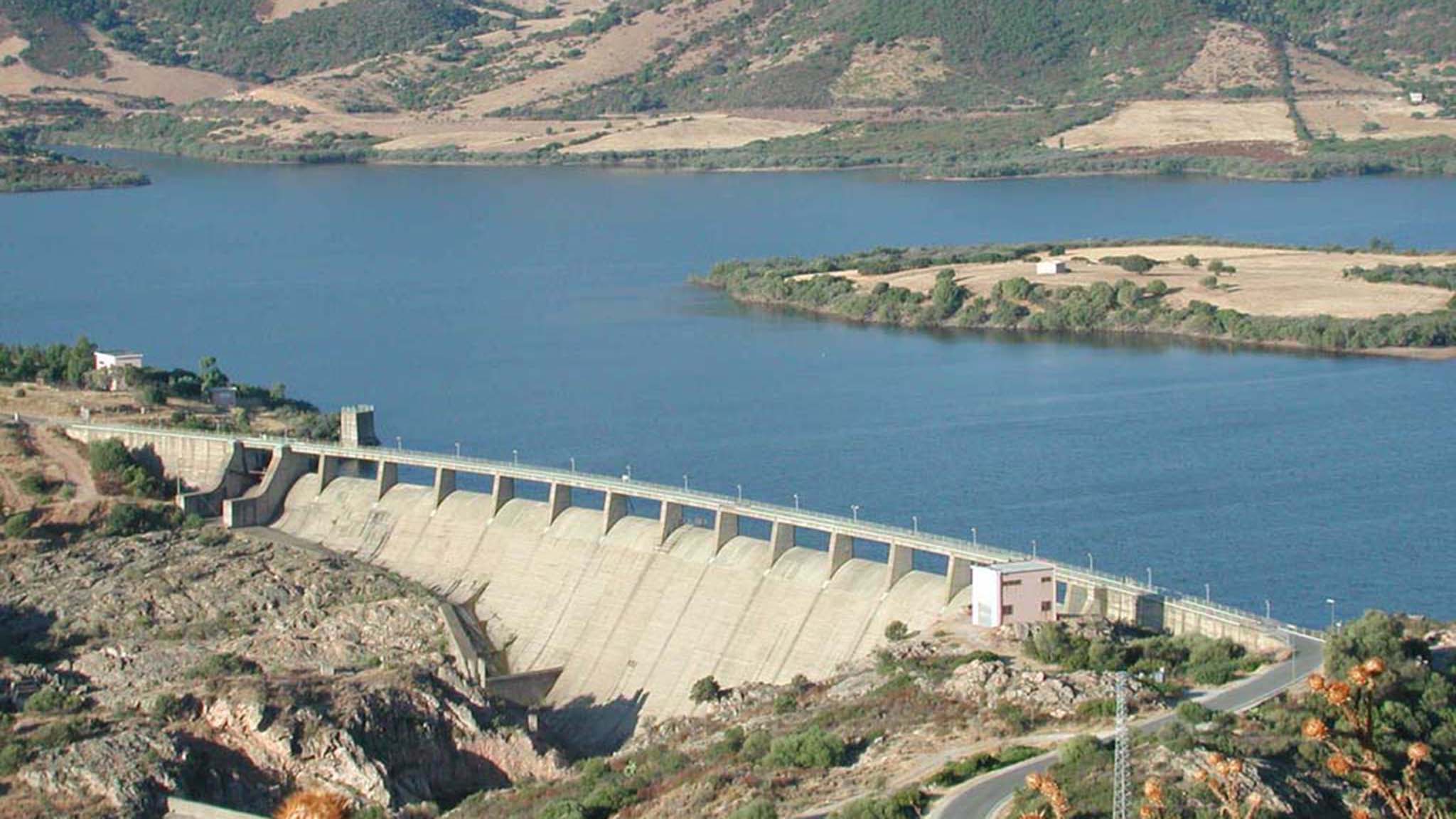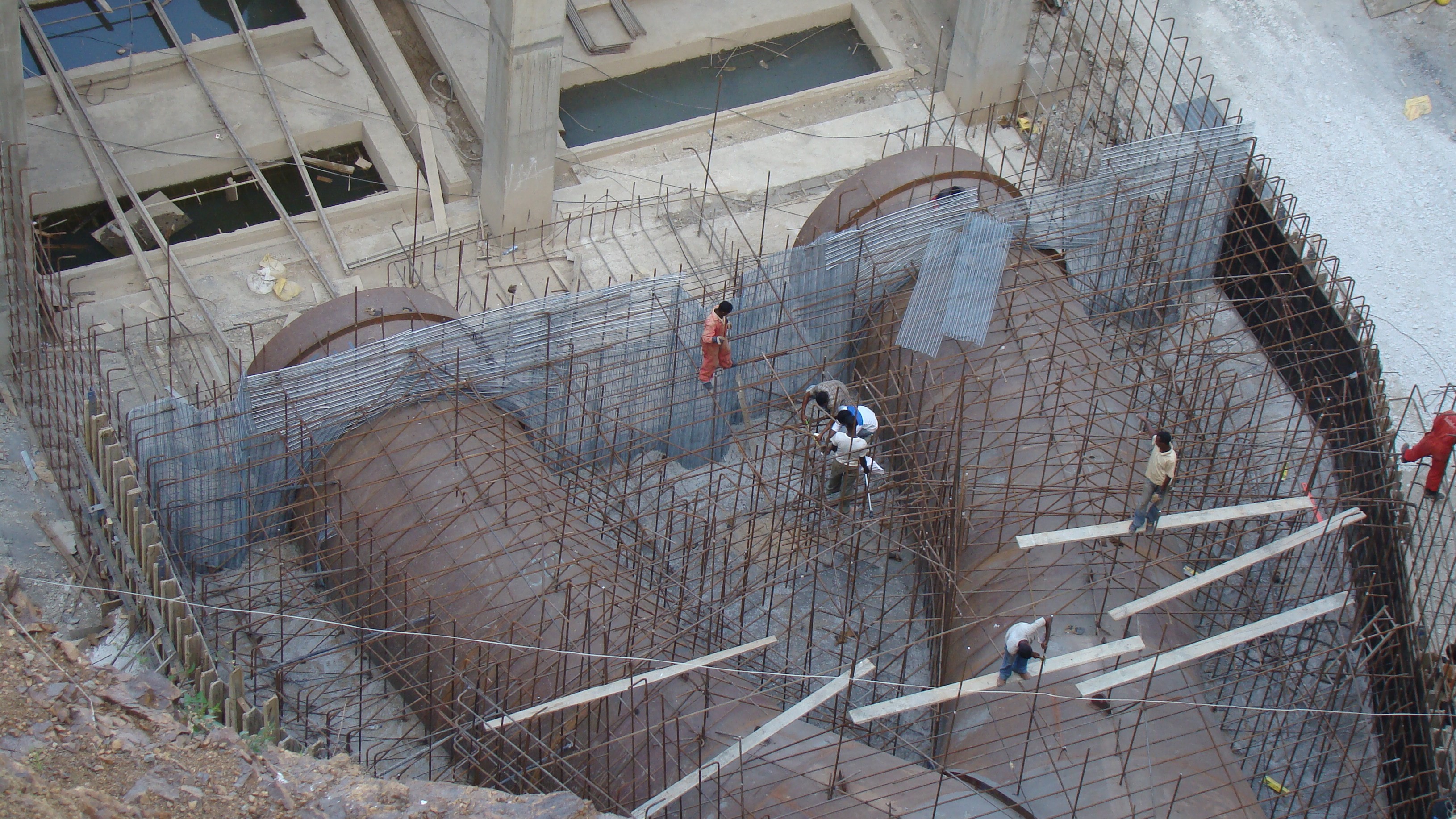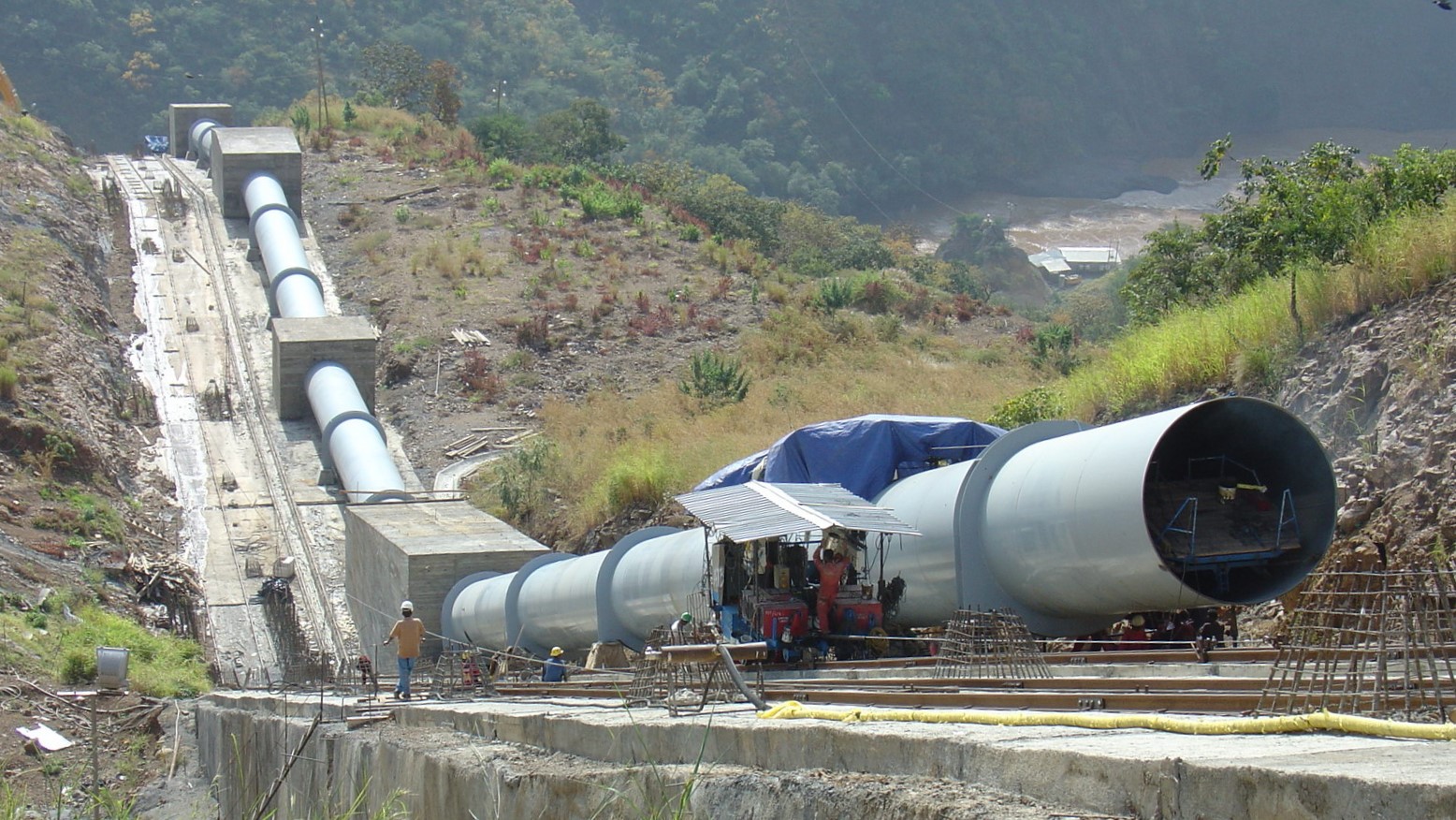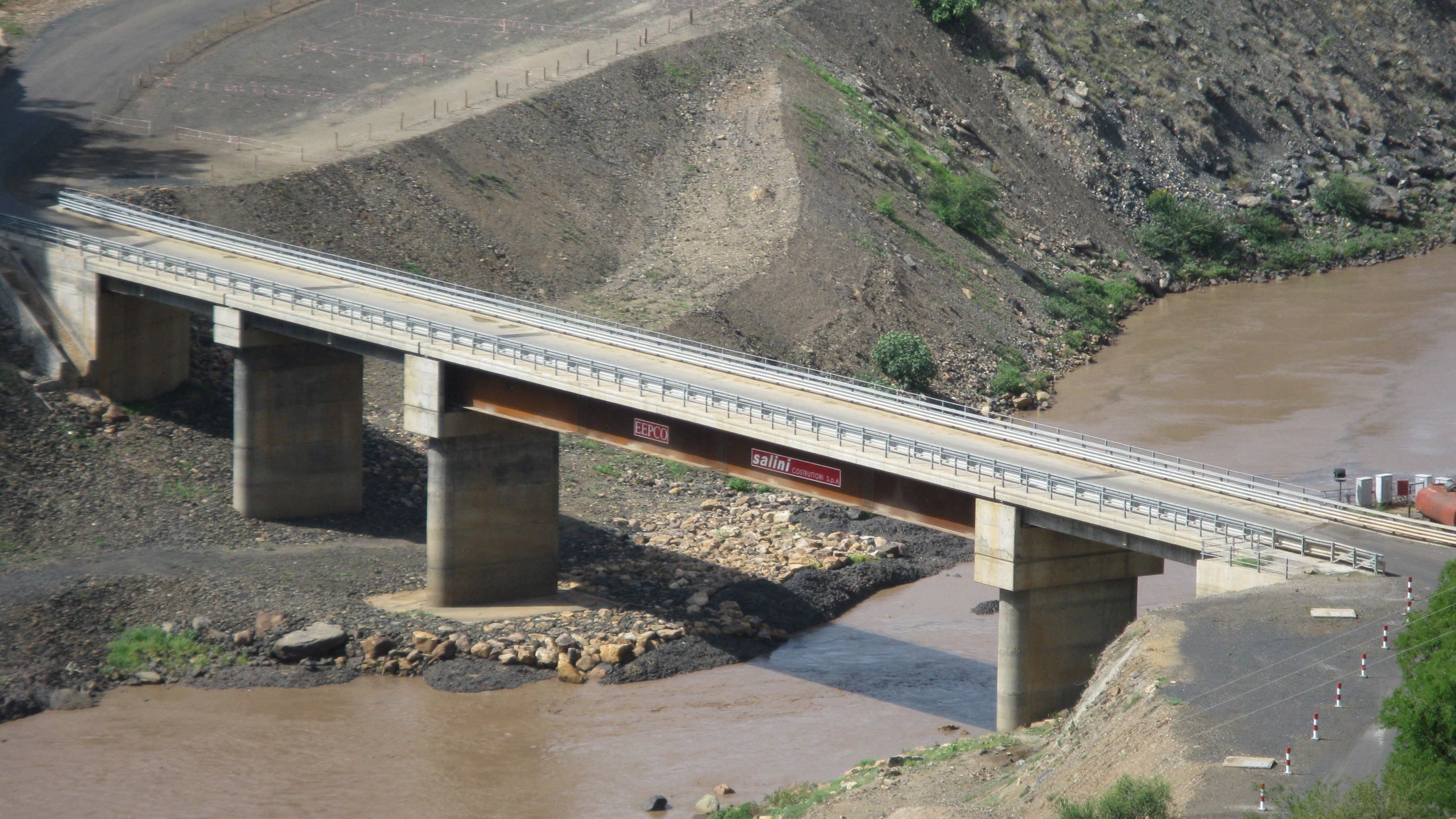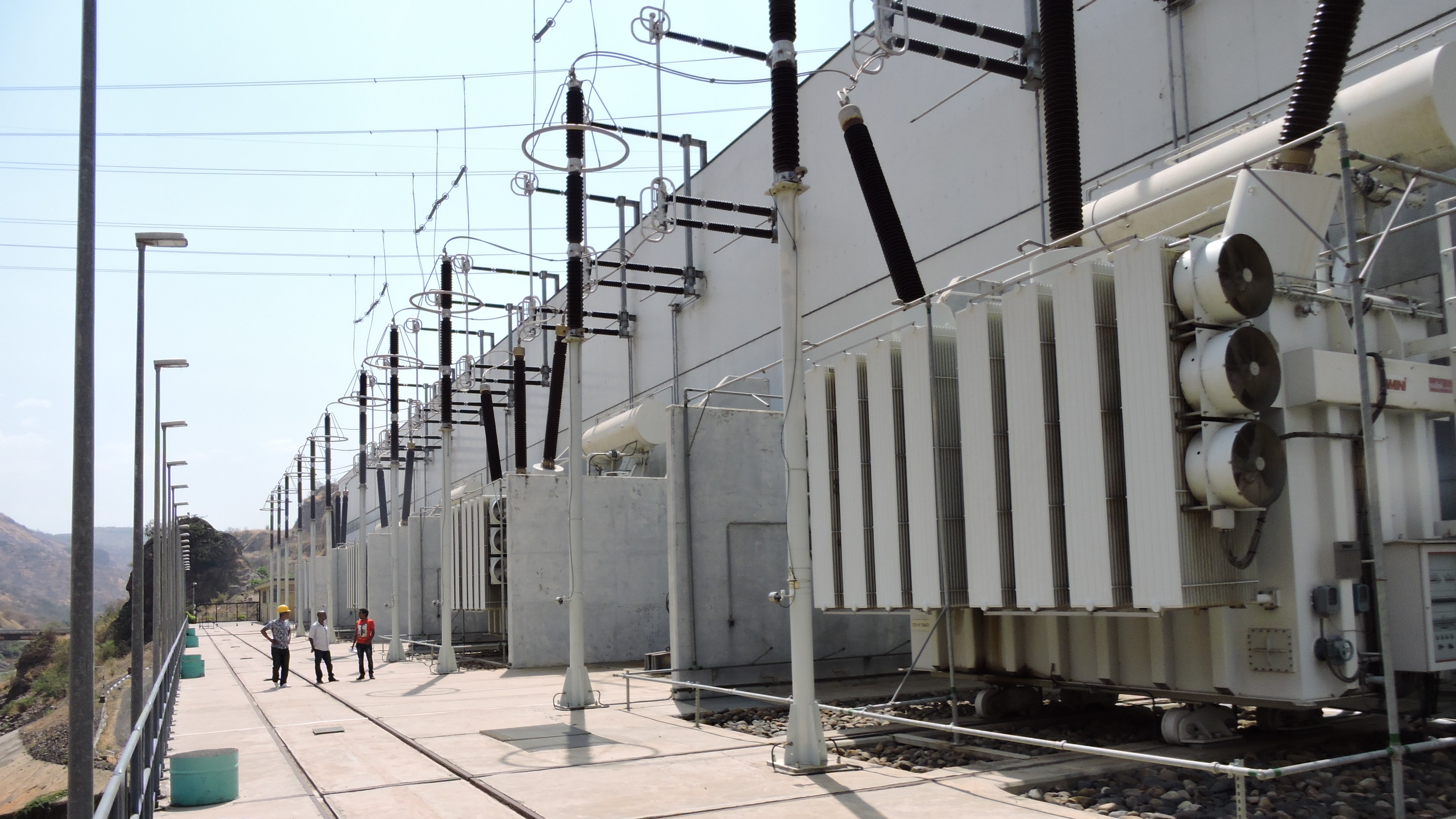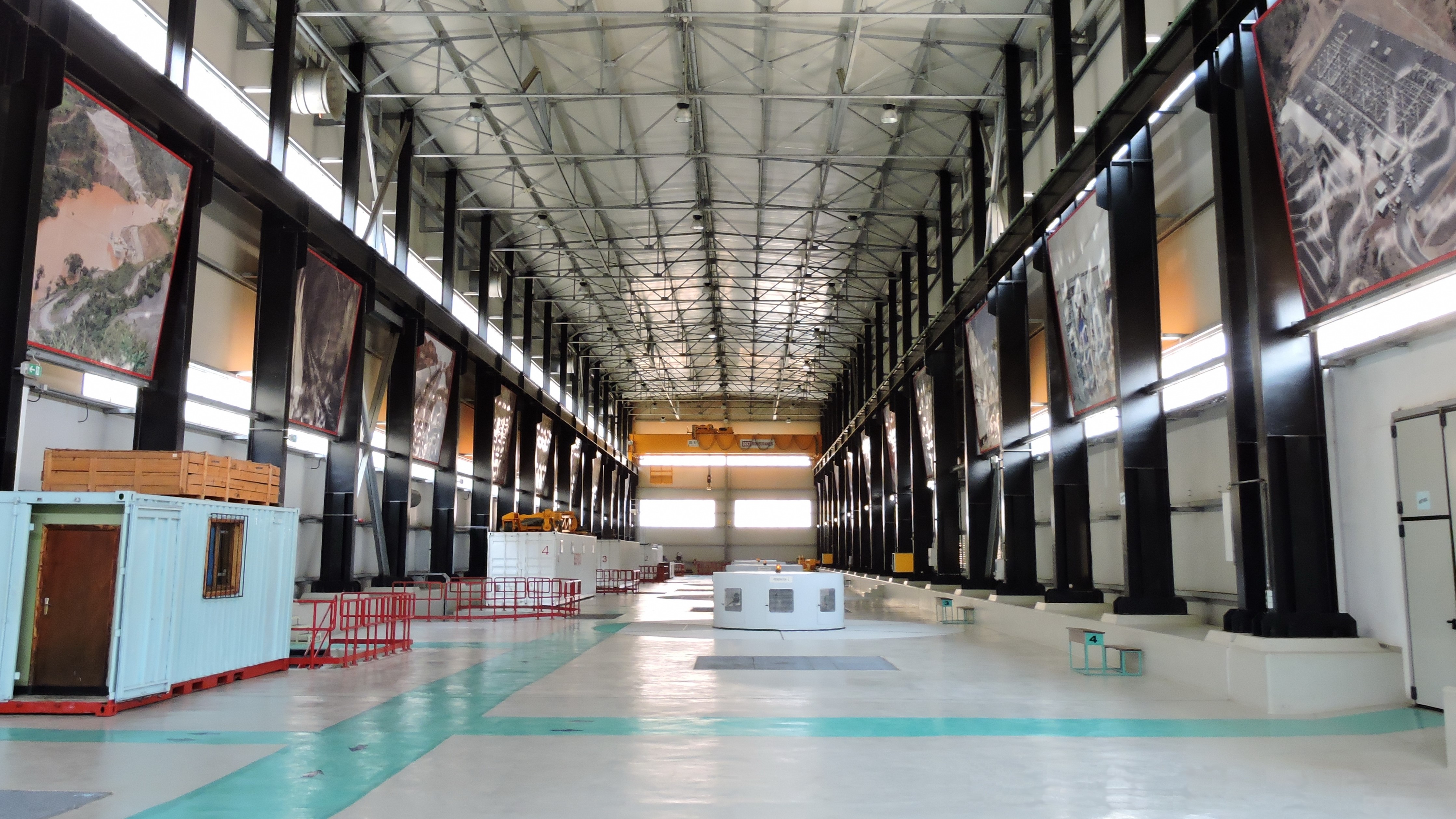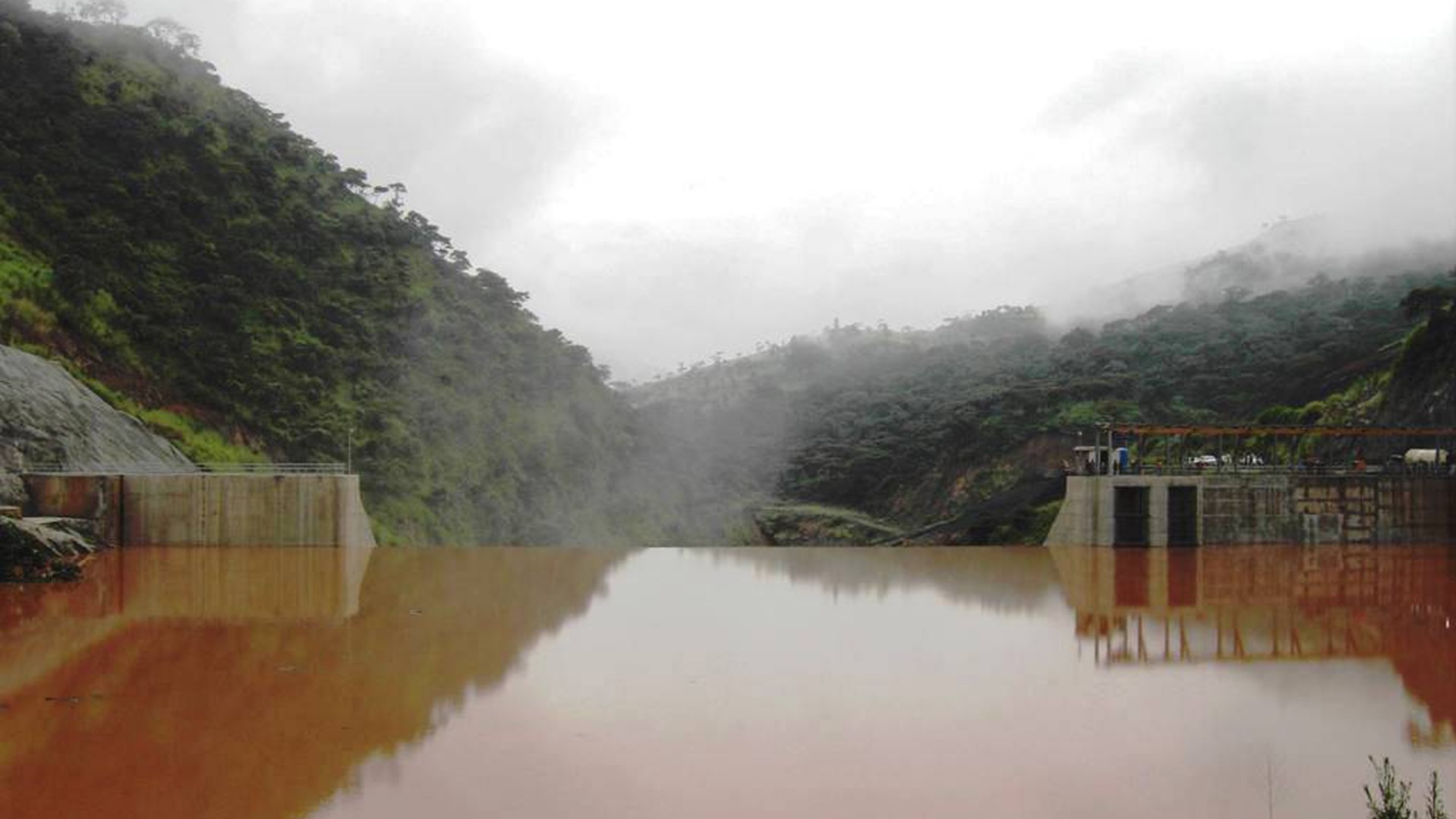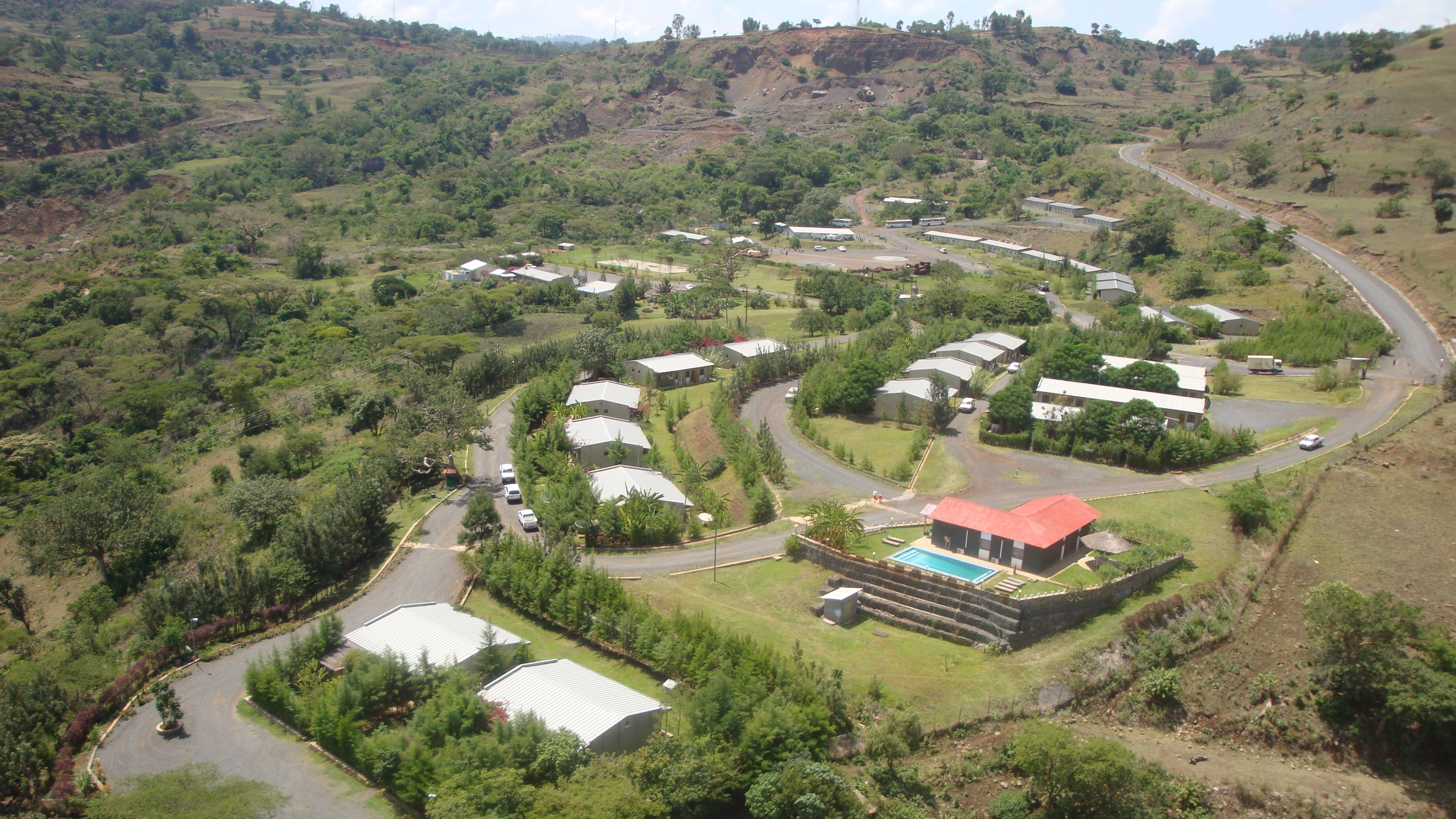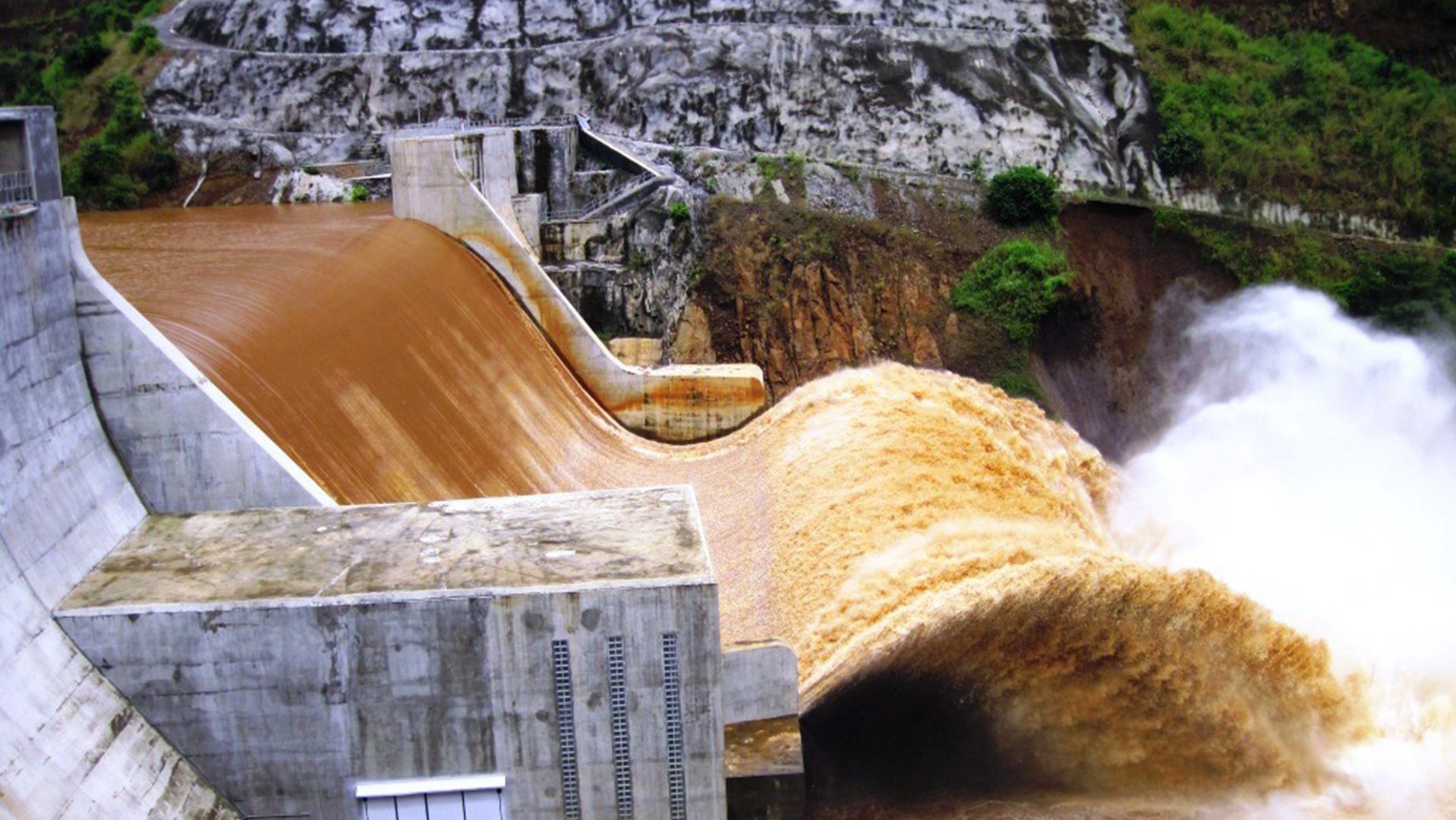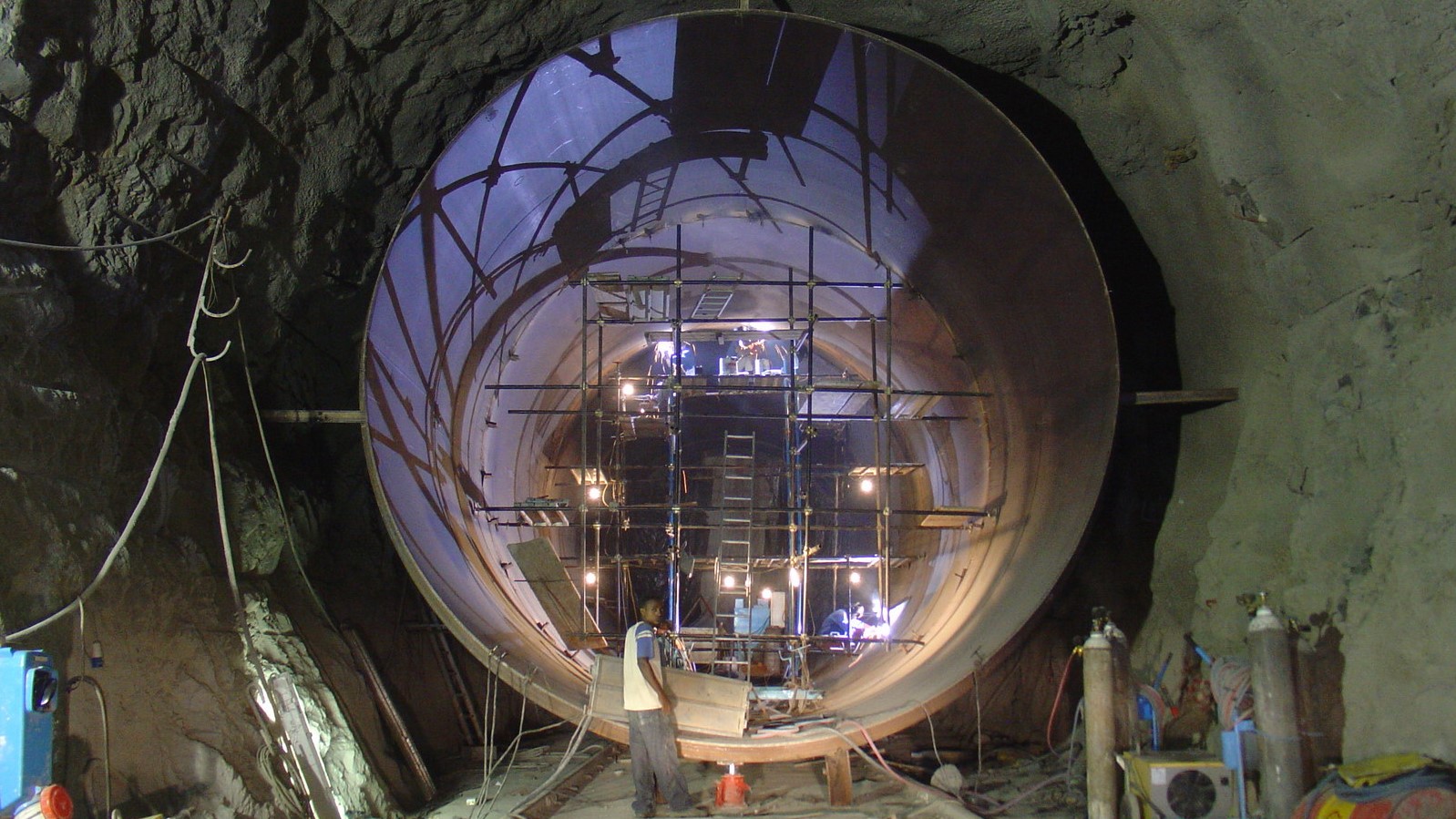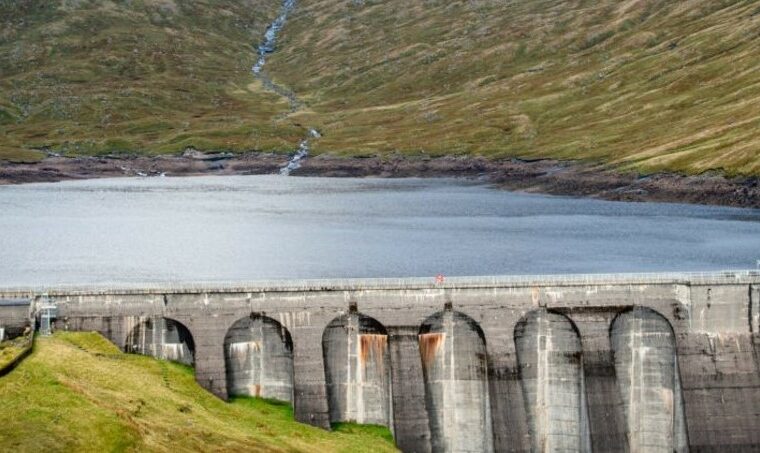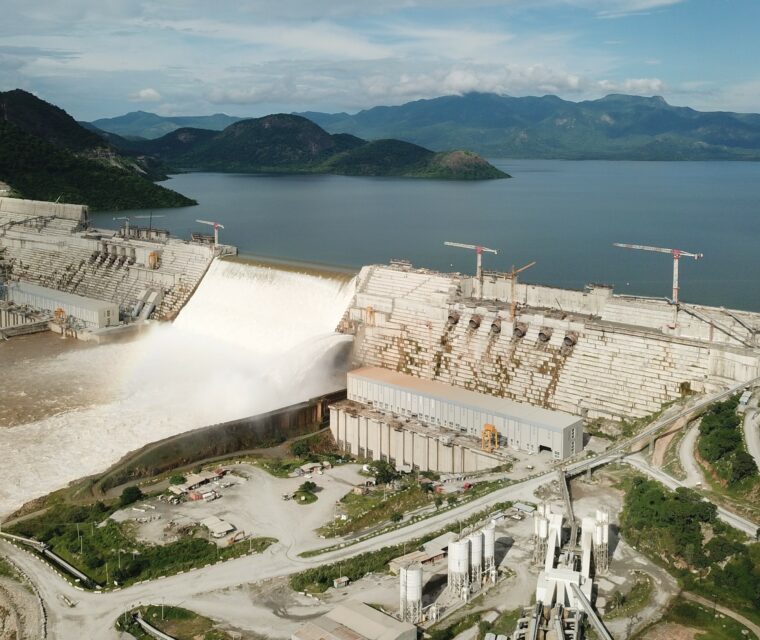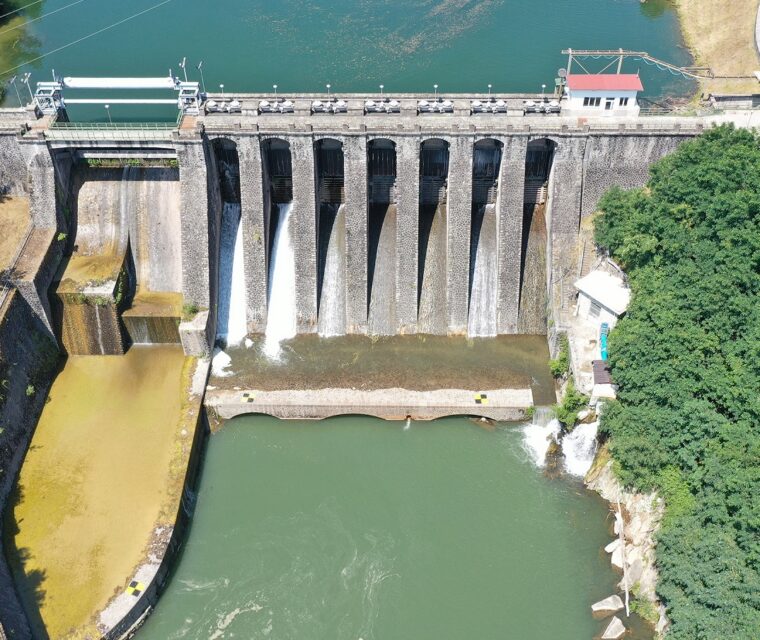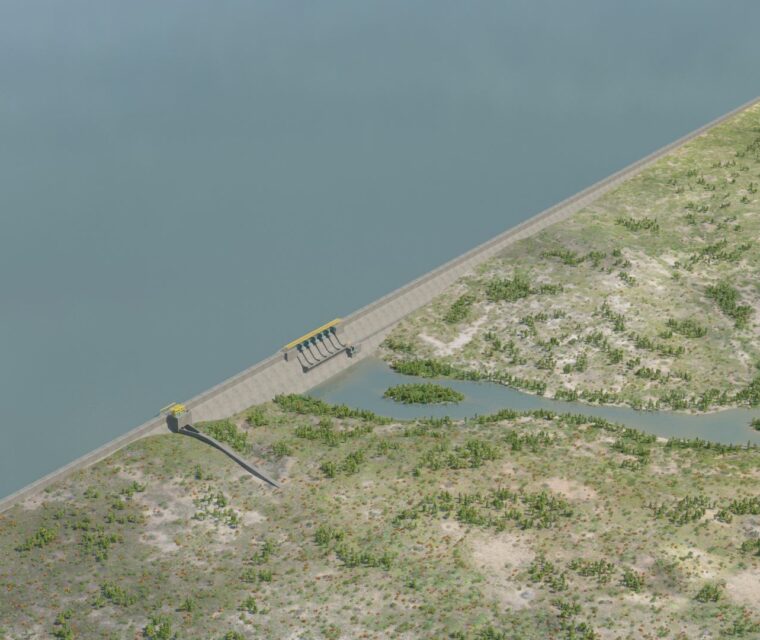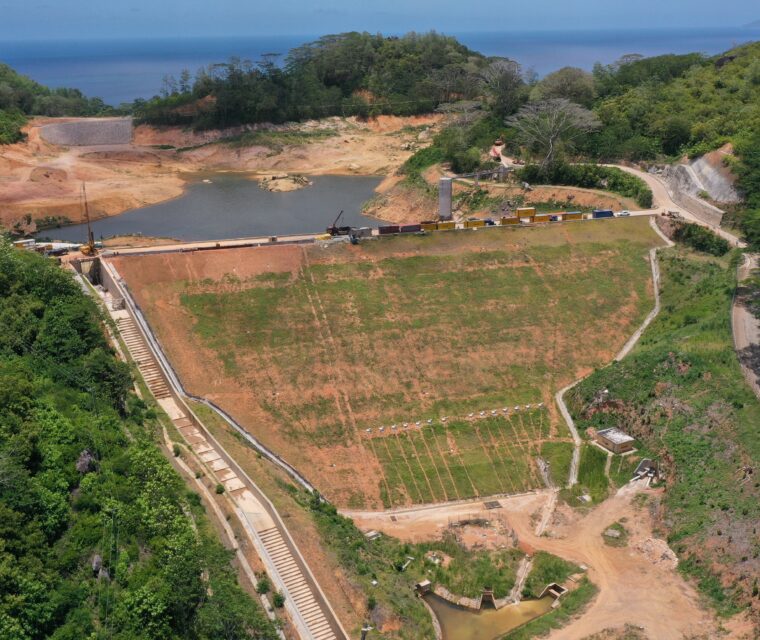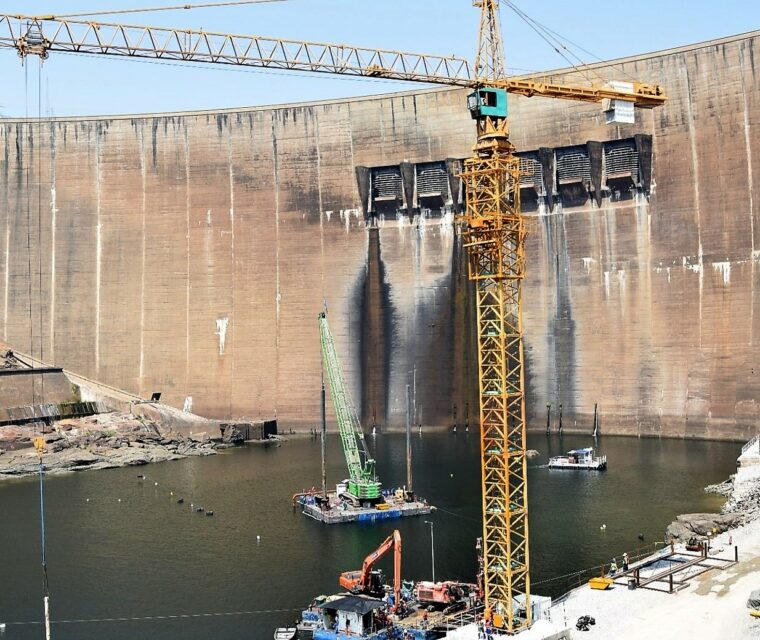Engineering services for a hydroelectric power plant Gibe II hydropower plant is the second stage of the Gibe-Omo hydroelectric cascade which includes Gibe I and Gibe III (all in operation), Koysha (under construction) and Gibe V (planned). Gibe II has a total capacity of 420 MW and an energy production of 1’625 GWh/y. In order to face the silting of the reservoir, a desilting weir is foreseen upstream of the dam to create an impounding to store the sediments. PLACE CLIENT YEAR A second engineering challenge was the diversion of the river flows in the dam area, during the project construction, in the narrow and steep longitudinal section of the valley. The river diversion was achieved through a culvert (currently operating as bottom outlet) along with low blocks in the spillway structure which allowed a safe discharge of large floods up to 2’325 m3/s. Ethiopia
Gibe II Hydropower Plant
Ethiopia
Gibe II Hydropower Plant
The project was promoted by the Ethiopian Government to develop the hydropower potential of the Omo/Gibe river, a huge programme to improve substantially the power supply of the country.
Gibe II includes Africa’s longest hydraulic tunnel, more than 25 km long below the Fofa mountains, which requested major technical efforts and was one of the biggest challenges faced by our engineers to date.
The inlet area is located along the Gilgel Gibe river. A concrete gravity dam with an intake tower allows the diversion of a flow of about 105 m3/s inside the power tunnel, which delivers the flows through the penstocks to the powerhouse in the Omo river valley, the outlet area.
The dam is a classical concrete gravity structure with a straight axis. The spillway is located on the central blocks, including an uncontrolled overflow crest and a flip bucket (ski jump) energy dissipator device.
The bottom outlet, embedded in the dam body, is controlled by two sliding gates in series. This structure is especially designed, allowing the rising of the sill through stoplogs, to deal with the silting of the reservoir.
The project also included a river diversion canal on the right bank and two culverts in the weir structure close to the right abutment. Temporary upstream and downstream cofferdams completed the protection against flooding the dam area of permanent works.
In the outlet area we observe the surge shaft, a cylindrical structure with a throttle at the tunnel end. Two long steel penstocks end into a manifold with a bifurcation from two to four conduits, one for each turbine.
The power house is a conventional surface outdoor type with vertical axis units, located on the right bank of the Omo river. The structure is divided in five bays housing 4 Pelton turbines and the erection bay, while the control room finds place in the superstructure. The step-up transformers are located outdoor on a riverside deck.
The 400 kV lines are anchored in the excavation front behind power house, and connect the transformers outcoming lines cross the river going towards the switchyard.Oromia region - Ethiopia
Salini Costruttori S.p.A.
2003 – 2010
Main Features
Examples of outstanding engineering challenges
One of the most evident examples of value engineering and design optimization is the construction of the power tunnel characterized by a wide range of geological conditions. The excavation was carried out by a double shield TBM having a boring diameter of 7 m, which erected precast concrete segment lining.
The lining, because of the relatively severe load conditions, was designed to bear the significant overburden reaching a maximum of approx. 1’400 m.
Ethiopia
Gibe II Hydropower Plant
Engineering
ServicesFeasibility Study
Basic Design
Final Design
Construction Design
Supervision of Construction for the EPC Contractor
